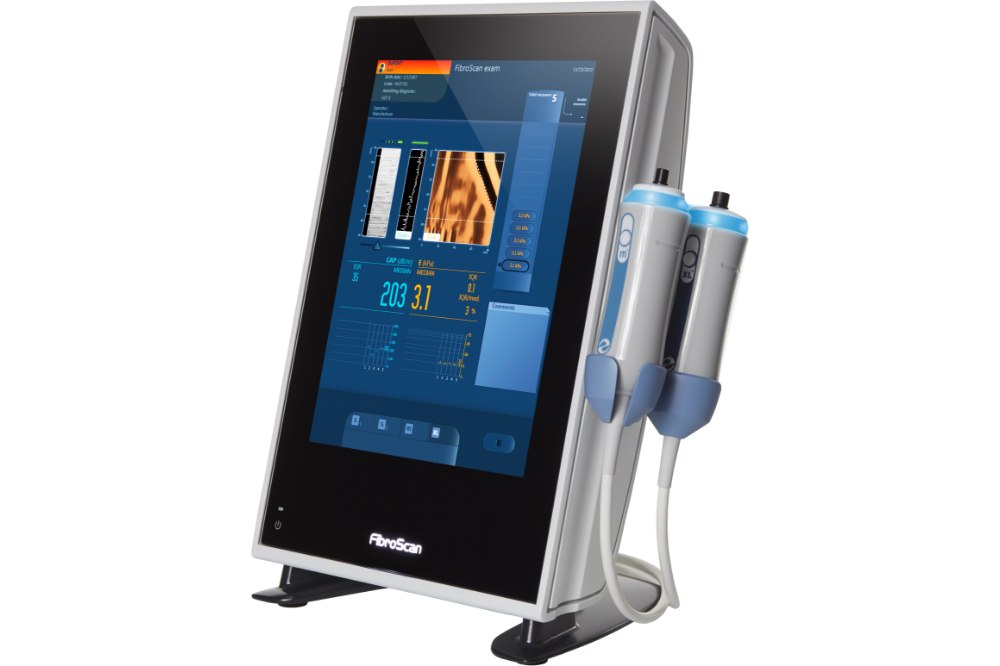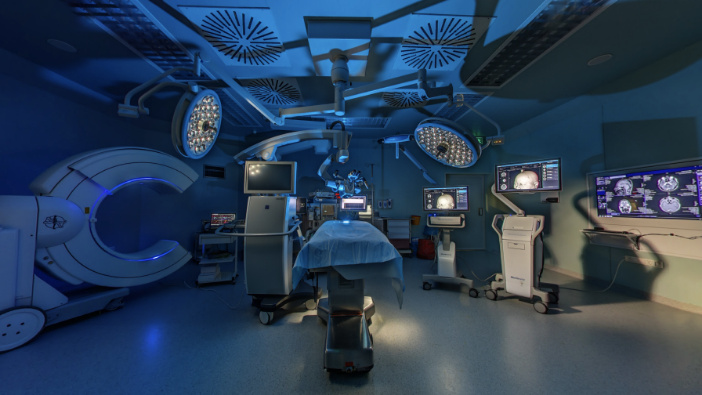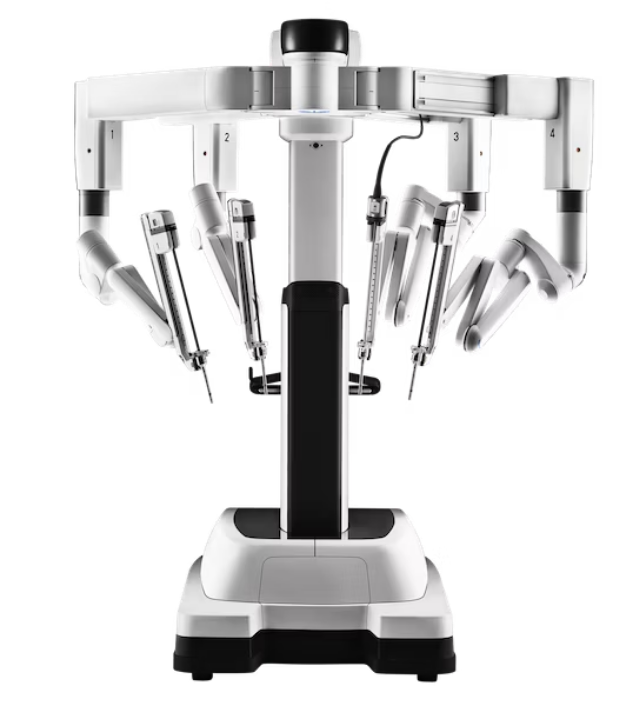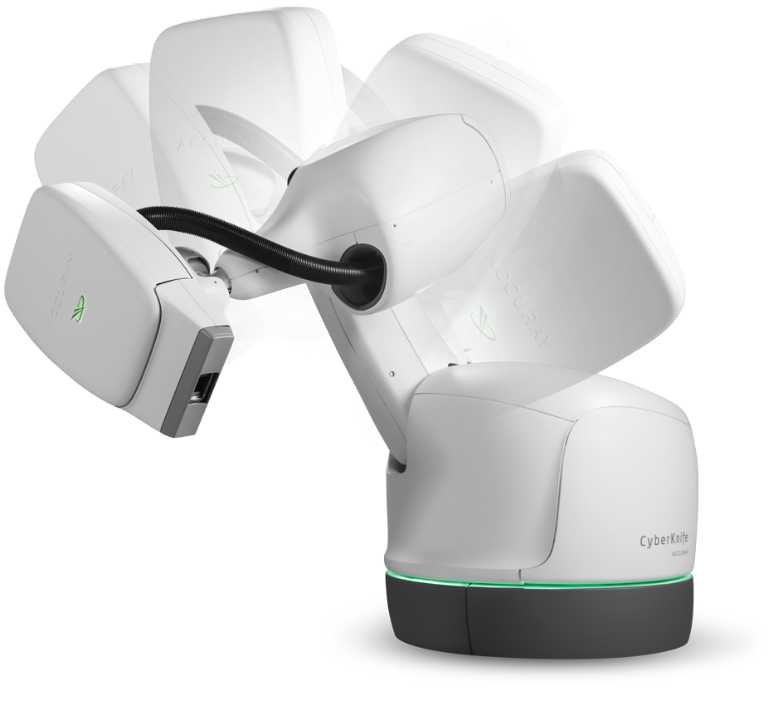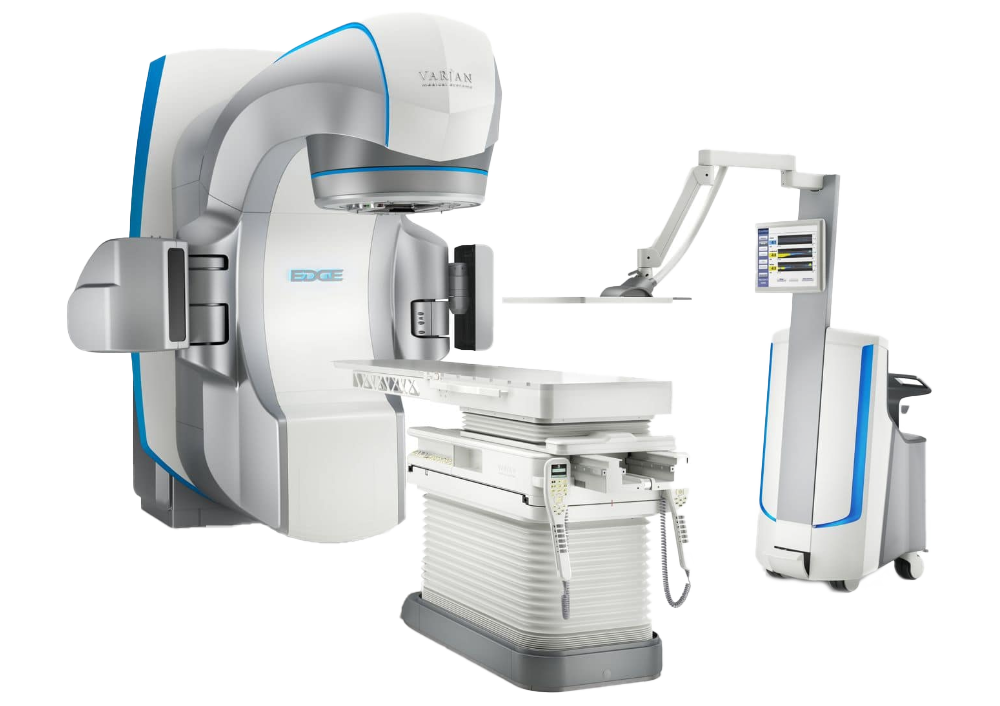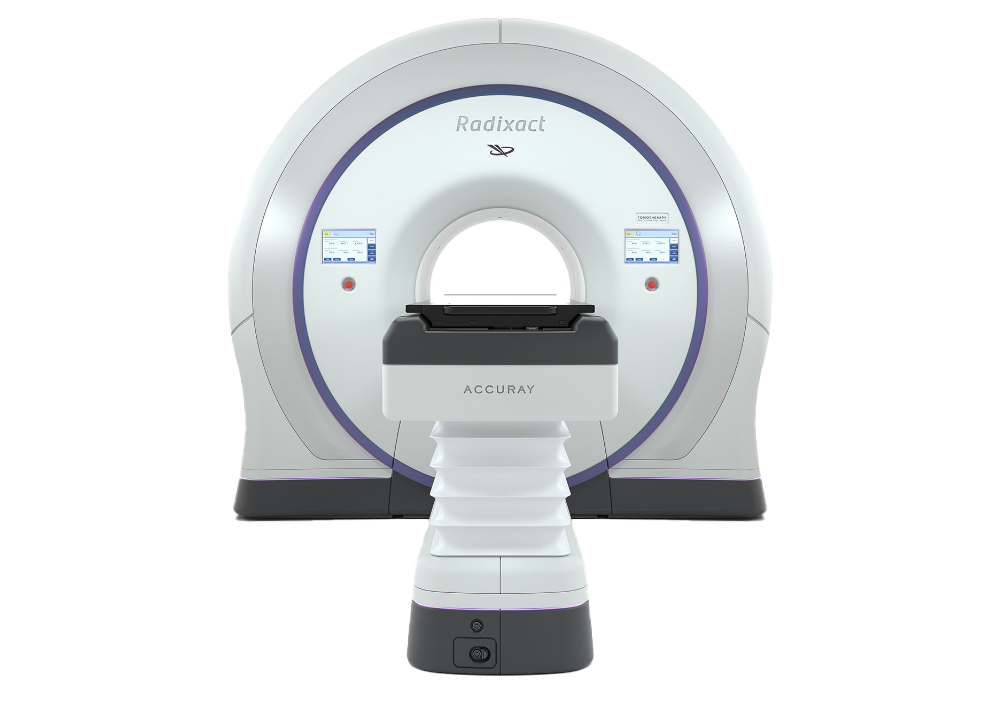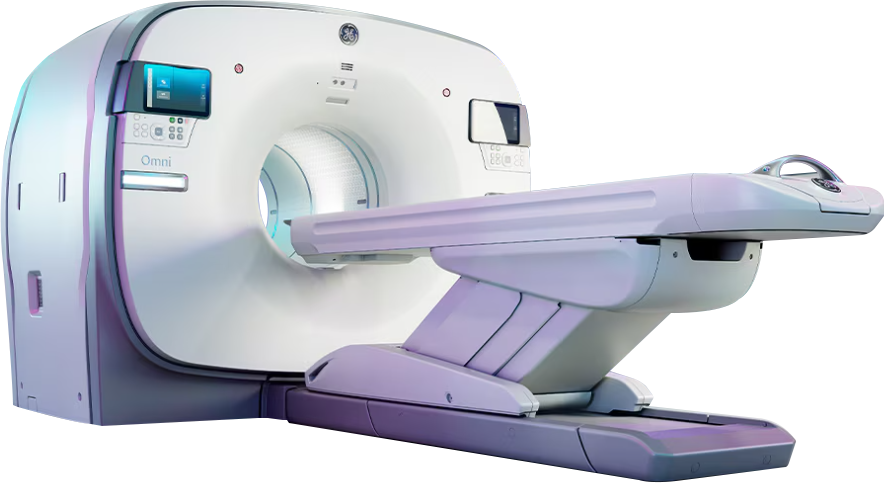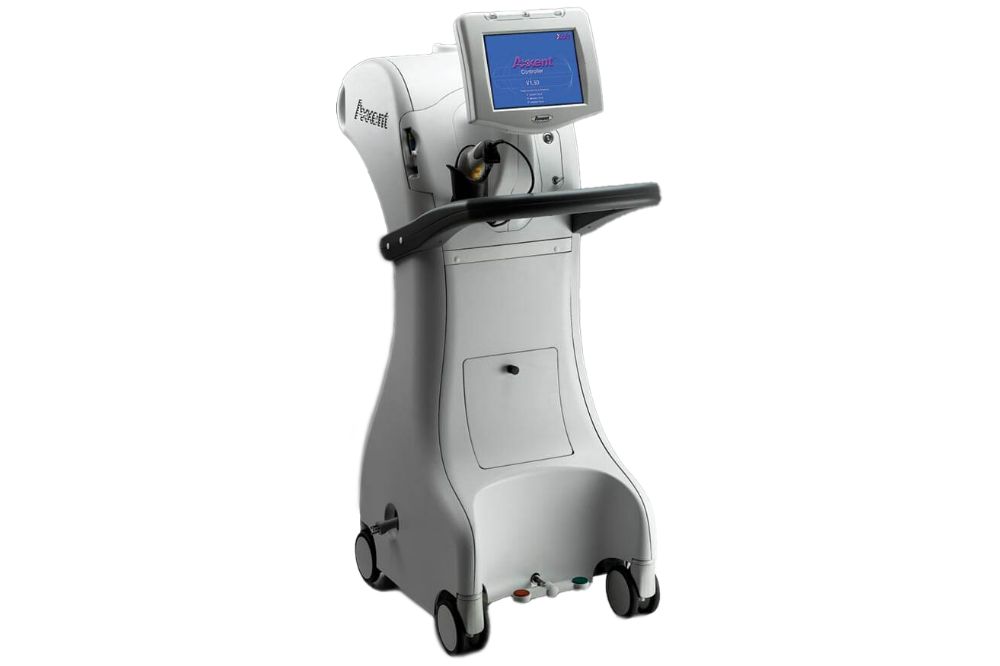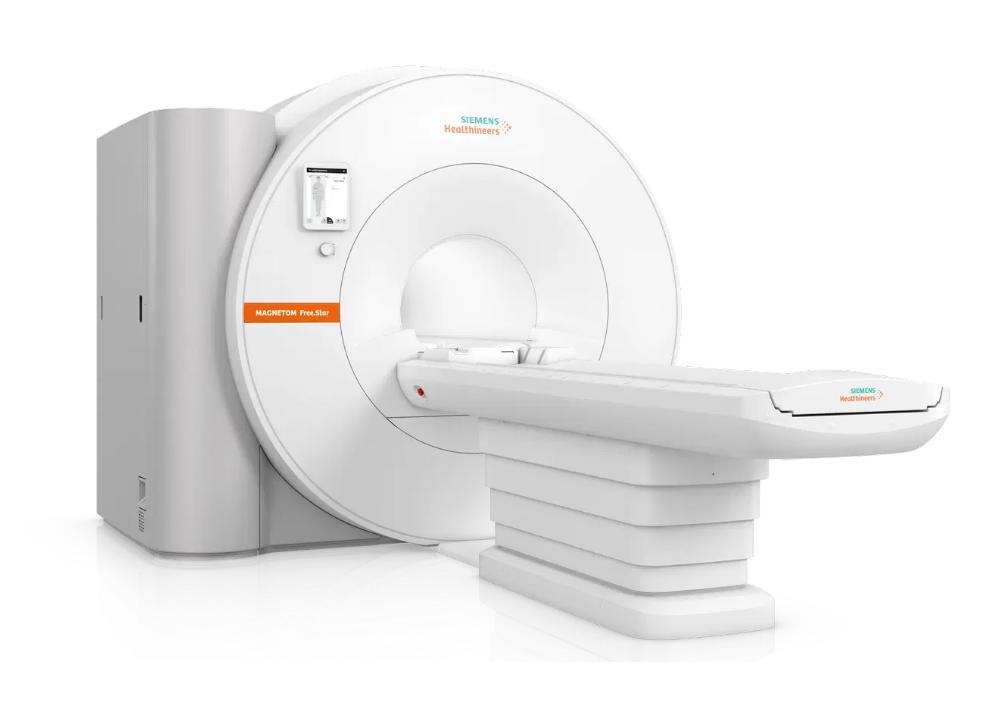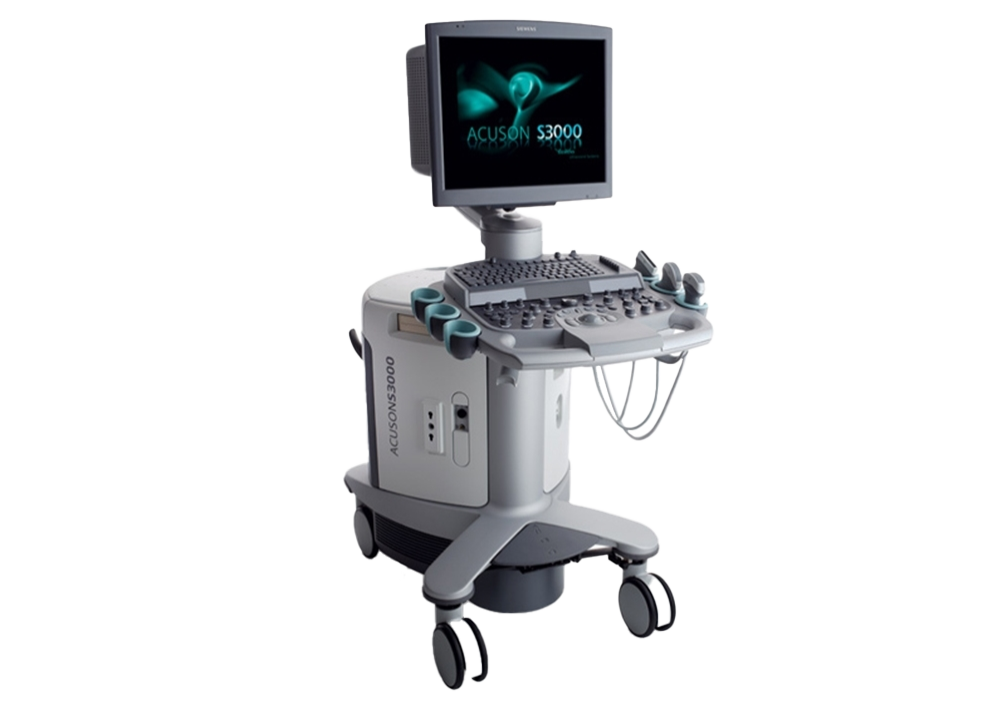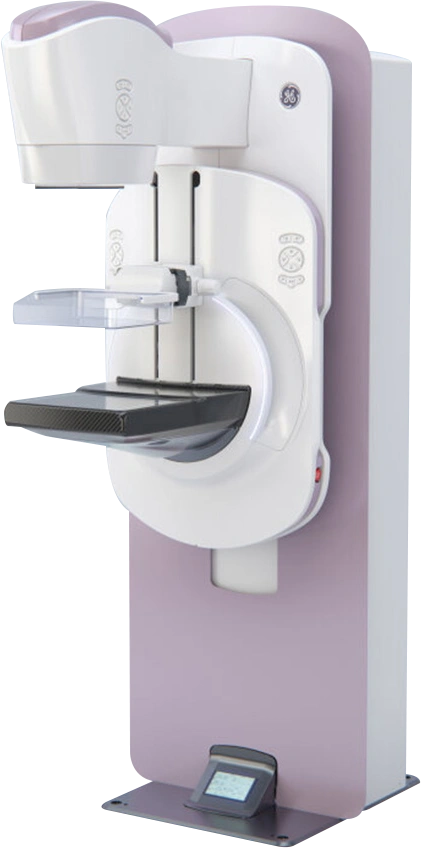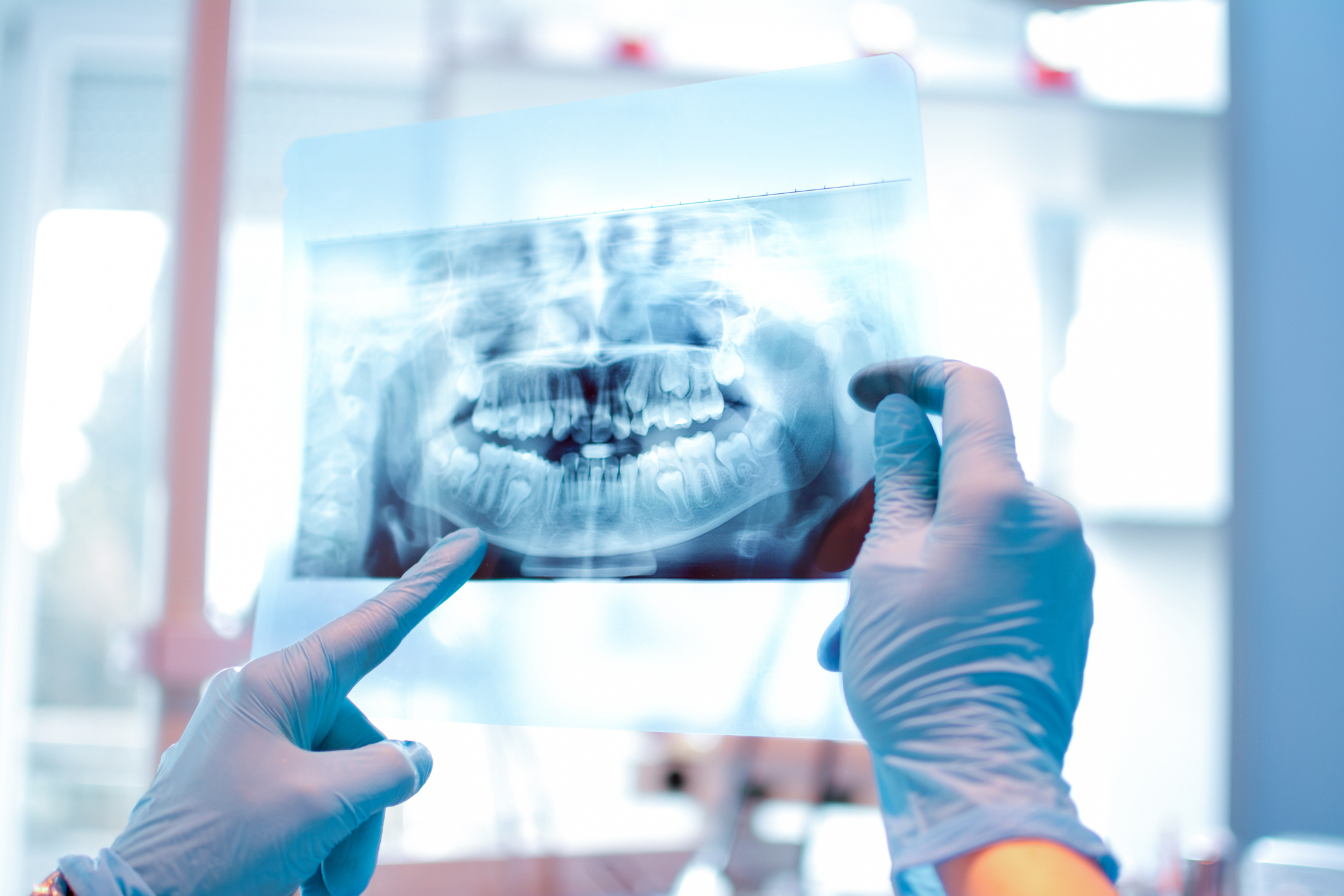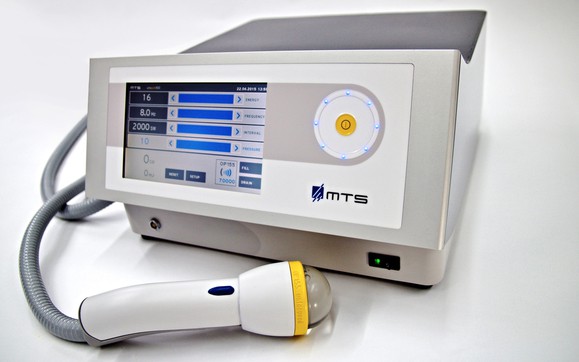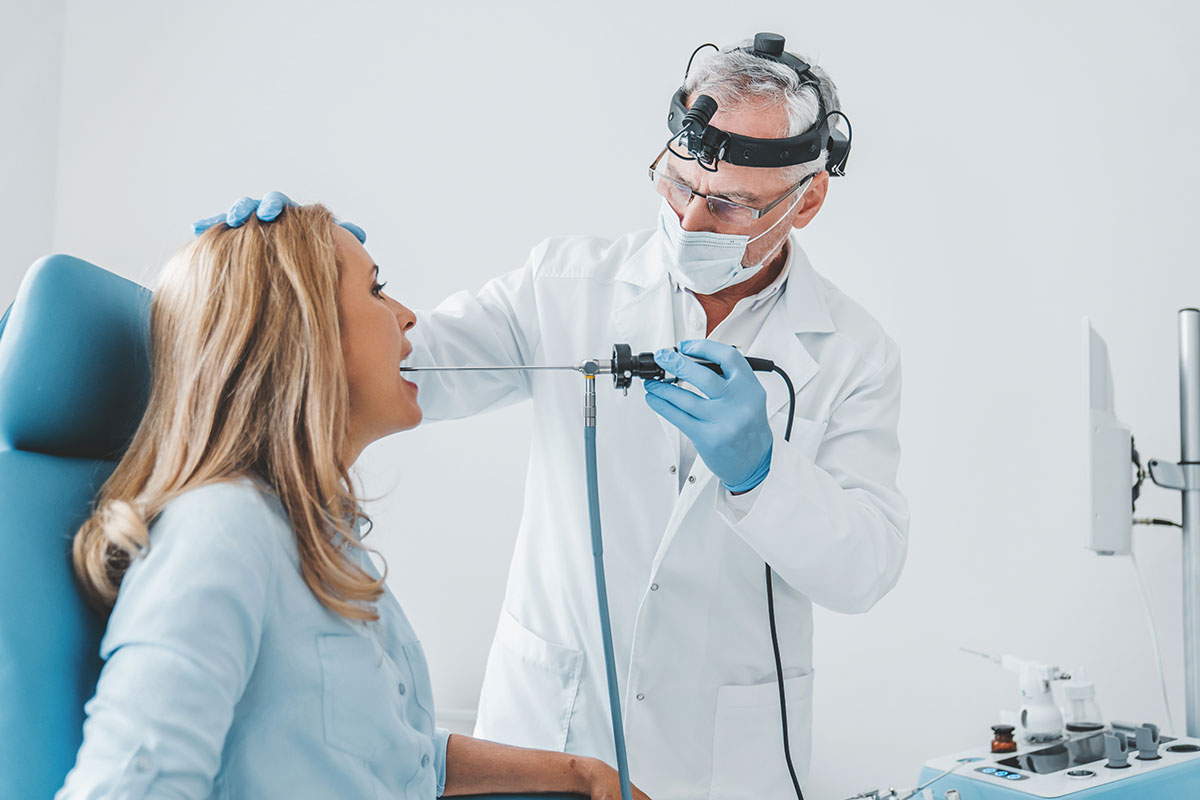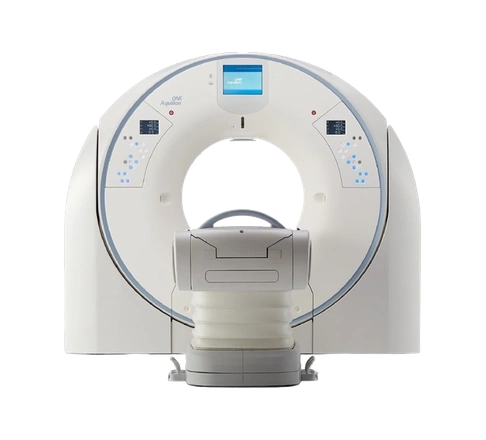Endobronchial Ultrasound (EBUS)
Lung cancer, which requires rapid early diagnosis for longer survival, is one of the most common cancers in our country and worldwide. Despite the importance of early diagnosis, many patients who smoke may attribute symptoms like phlegm and cough to smoking, leading them to consult a doctor late. Screenings are crucial, as it is recommended that individuals over 55 who have smoked a pack of cigarettes daily for 20 years should undergo at least one low-dose lung CT scan, even if they have no symptoms. This is because early detection of lung cancer and timely initiation of treatment is important. One of the significant methods used in the diagnosis of lung cancer is endobronchial ultrasound (EBUS)...

Endobronchial Ultrasound in Lung Cancer Diagnosis
There are many methods currently used in the diagnosis of lung cancer. The most frequently used method is "flexible bronchoscopy," which involves examining and performing biopsies of the airways in the lungs using a flexible, thin, illuminated tube. Some patients may have biopsies performed with a needle guided by tomography from outside the chest wall, while others may have biopsies done with the aid of ultrasound. However, the focus of our discussion is endobronchial ultrasound (EBUS), which offers faster diagnostic capabilities and, although not very common in Turkey, is used in some centers.
Why is the Choice of Diagnostic Method Important? What are the Differences and Advantages of EBUS?
Deciding which diagnostic method to use is quite important. When choosing a diagnostic method, the success rate of the diagnosis and the low risk of complications are two critical factors. Selecting the most accurate diagnostic method according to the stage of the disease and the general characteristics of the tumor is crucial for timely diagnosis. Additionally, the experience of the specialist making and implementing the decision is another critical point. It is important to evaluate and minimize side effects and risks to avoid wasting valuable time for the patient.
Before starting treatment for lung cancer, staging is required to determine the extent of the cancer. Therefore, if endobronchial ultrasound is not available, mediastinoscopy with general anesthesia is performed to sample affected mediastinal lymph nodes. Mediastinoscopy is an invasive procedure performed through the neck to obtain samples from lymph nodes but is not the first recommended approach due to its risk of complications. Furthermore, the complication risks of mediastinoscopy are much higher than those of endobronchial ultrasound, and it can only be performed once per patient. Thus, repeating mediastinoscopy is very challenging; however, EBUS can be easily repeated on a patient. EBUS is also a more cost-effective method compared to mediastinoscopy. If feasible, endobronchial ultrasound should be the first recommended diagnostic and staging method due to its lower complication risks and the ability to perform both diagnosis and staging in a single session. For instance, if a tumor is located on the outer part of the lung and is smaller than 3 cm, and there is no distant metastasis, surgical treatment is recommended without further diagnostic procedures. However, if the tumor is larger and centrally located, EBUS is suggested. Additionally, for patients with pathologic mediastinal lymph nodes detected by CT or PET/CT, EBUS sampling is necessary.
How is EBUS Performed?
For patient comfort, EBUS is generally performed under general anesthesia with access through the mouth. It is an imaging method combining bronchoscopy and ultrasound. In this method, a small needle extending from the tip of the device is used to obtain a sample, and mediastinal lymph nodes or sometimes mass lesions are examined rather than the bronchi. The method also features Doppler ultrasound capabilities, which allow visualization of the blood vessels near the lymph nodes, thus preventing damage to vascular structures. While the diagnostic and subsequent staging processes using bronchoscopy can exceed 30 days, EBUS can achieve diagnosis and staging of the disease within just 2 days. Furthermore, at our hospital, the rapid on-site examination (ROSE) method allows for immediate biopsy results as the procedure is ongoing.
Who Can Undergo EBUS?
In addition to its use in the diagnosis and staging of lung cancer, EBUS is also used for diagnosing diseases like lymphoma and tuberculosis (TB) affecting the lymph nodes. It is also employed for biopsies of lung lesions beyond lymph nodes. Additionally, it is useful in investigating metastases related to cancers other than lung cancer and in cases where advanced genetic studies are required for response to chemotherapy in advanced lung cancer. It is also used to identify recurrences of lung cancer. However, it is not recommended for patients who have had a heart attack in the last four weeks, those with bleeding disorders, patients with respiratory failure, or those on long-term oxygen therapy.
The branch of pulmonology that diagnoses lung cancer is succeeded by medical oncology, radiation oncology, and surgical branches in the treatment process. At Anadolu Health Center, patients are evaluated in multidisciplinary tumor boards in accordance with international standards with input from all relevant specialties. Surgical treatments are generally applied to lung cancer patients up to stage 3, while radiation oncology treatments may be administered in the presence of additional illnesses. For stage 3 patients, surgery is considered after chemotherapy. For stage 4 cancer patients, combined treatments (chemotherapy and/or radiotherapy) are applied.
How Long Does EBUS Take?
The duration of EBUS varies depending on whether it is performed under general or local anesthesia. However, it generally takes about 20-30 minutes, and patients can return home on the same day.
One in ten people who smoke develops lung cancer. Even more striking is that one in two smokers dies from smoking-related diseases. Cancers such as laryngeal, esophageal, stomach, and bladder cancers, as well as cardiovascular diseases, unfortunately increase due to smoking. Therefore, we recommend that all smokers quit smoking.
According to a study, while the incidence of lung cancer in men has decreased slightly in recent years, it has increased in women due to rising smoking rates.
Lung cancer is the most common type of cancer in men. In women, it is the second most common cancer type after breast cancer.



